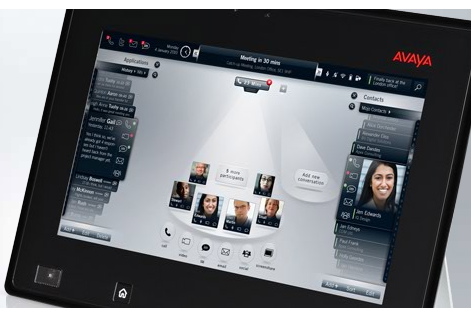 In the coming decade, the benefits of video communications – seeing and hearing the participants – will become widely available to home users. Not to be confused with home office users, home video users will use video communications as a replacement for the home phone, offering a better experience that comes from HD video and HD audio. We will witness mass adoption of home video conferencing solutions that are as simple to use as an analog telephone and cost no more than a 32” TV. These new products and services will explode onto the scene in 2010 and some of them are being positioned:
In the coming decade, the benefits of video communications – seeing and hearing the participants – will become widely available to home users. Not to be confused with home office users, home video users will use video communications as a replacement for the home phone, offering a better experience that comes from HD video and HD audio. We will witness mass adoption of home video conferencing solutions that are as simple to use as an analog telephone and cost no more than a 32” TV. These new products and services will explode onto the scene in 2010 and some of them are being positioned:
- LG and Skype, Panasonic and Skype and Vizio are promoting the Internet-Enabled TV. Skype is supporting the initiative so they’ll be positioned with FaceBook as a cool and hip company, and that the living room will become a great place to use Skype, in addition to the den with the PC.
- Cisco showed off their home telepresence which was disappointing at $1000/home, TV not included. This was totally ignorant of the realities of Skype – over 520 million ready-to-go users. How many ready-to-go users does Cisco have? zero. To see such arrogance of the mighty can be astounding to observe.
- IBM and Polycom had some kind of display at CES too. Although neither was registered as a vendor, they had a demo in a suite somewhere in Las Vegas.
It is clear to me that the first several generations of these products will come from companies that are not currently players in the telepresence market. They will be consumer focused, Internet-enabled, easy-to-use and available from consumer electronics channels.
The Cisco-TANDBERGs, Polycom-IBMs and Logitech-LifeSizes of the enterprise market will miss the first several generations of these product categories because they really don’t want to make successful consumer products. Their models are all wrong. Cost models. Channel models. Sales models. Value models.
The short product lifecycles of consumer products require rapid innovation cycles, intensively distributed no-touch channels, electronics miniaturization skills and a corporate cost structure that can thrive in a narrow-product margin environment. All of these are competencies that enterprise-oriented players don’t have and therefore will not be successful in the consumer space. Naturally, these established players ought to focus on market rhythms, channels, customers and product categories they clearly understand instead of tilting at windmills that only they can see.
There’s nothing wrong with recognizing that although you may have the technologies that consumers want, your organization doesn’t have the skills, the channels, the cost structure for the market. Being focused and excellent are certainly worthy goals and disciplines.










